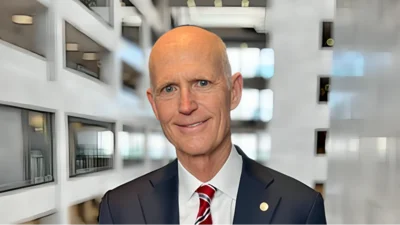According to a new study, blanket student loan forgiveness is a handout to wealthy student loan borrowers while doing nothing to help address the underlying issues around college costs. We need real solutions to college affordability, not ineffective and expensive blanket forgiveness schemes.
In Case You Missed It via The Brookings Institute, under Democrats’ mass student loan forgiveness plans taxpayers will be on the hook for paying back the loans of wealthy borrowers.
Some advocates have called to forgive student loans because student loans contribute to racial and socioeconomic wealth gaps. The usual measures of financial wealth, however, is a misleading indicator of the economic status of student loan borrowers. Medical school graduates typically owe six-figure student loans but that doesn’t mean they are poorer than high-school graduates who did not go to college. Wealth, properly measured, should include the value of educational investments students borrowed to make. Measured appropriately, student debt is concentrated among high-wealth households and loan forgiveness is regressive whether measured by income, educational attainment, or wealth. Across-the-board forgiveness is therefore a costly and ineffective way to reduce economic gaps by race or socioeconomic status. Only targeted policies can address the inequities caused by federal student lending programs.
Whether measured by income or wealth, student loan borrowers are better off than other Americans, and widespread loan forgiveness is regressive. Some argue that loan forgiveness isn’t regressive when measured by financial wealth. But that’s because such measures exclude the very asset the person borrowed to buy—an education that increases lifetime earnings. That’s like assessing a homeowner’s wealth by counting their mortgage balance but not the value of their home.
Accounting correctly for both human capital and effect of subsidies in student lending plans, almost a third of all student debt is owed by the wealthiest 20 percent of households and only 8 percent by the bottom 20 percent. Across-the-board student loan forgiveness is regressive measured by income, family affluence, educational attainment—and also wealth.
Read the full report here.









